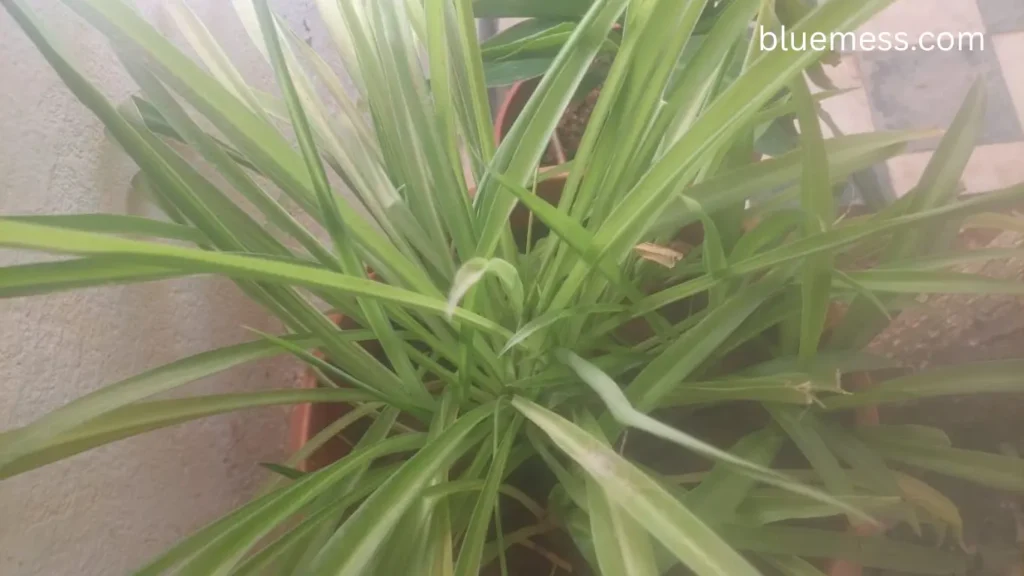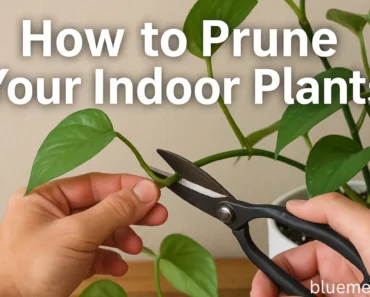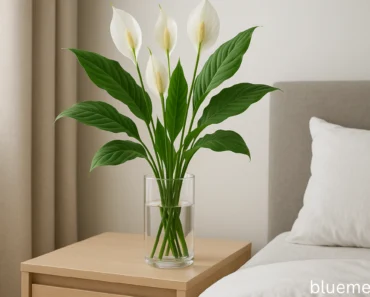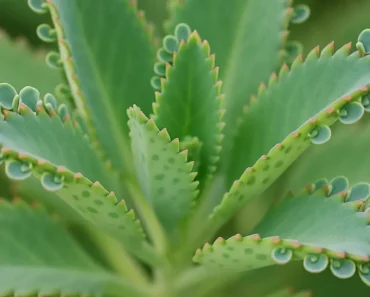
Why Spider Plants Remain a Houseplant Favorite
The spider plant (Chlorophytum comosum) has been popular for generations. Its elegant, arching leaves and resilience appeal to both novice and experienced gardeners. Whether you want care tips or plan to expand your collection, these adaptable plants offer something special to every plant parent.
What makes spider plants so enduringly popular? Their simplicity of growth combined with their cascading elegance creates a living sculpture that enhances any space. These resilient plants adapt to various conditions, making them perfect for busy lifestyles or those just beginning their plant journey. As one of the best plants for low light situations, they’re also pet-friendly and incredibly easy to propagate, allowing you to share the joy with friends and family.
This guide goes beyond basic care. We’ll cover advanced tips for thriving spider plants, solutions to common problems, and ways to maintain vibrant growth for years.
To truly master spider plant care, let’s start by exploring their identity, origins, and what sets them apart as impressive houseplants.
Botanical Identity & Common Names
Chlorophytum comosum goes by many charming names: Ribbon Plant, Airplane Plant, and Hen and Chickens. Each nickname reflects the plant’s distinctive appearance and growth habits, particularly its tendency to produce numerous offspring.
Native Habitat & Adaptability
Spider plants come from the tropical and subtropical regions of South Africa and adapt well to climates worldwide. Their adaptability explains their easy care and success in many home environments.
Key Traits and Growth Habits
Spider plants feature long, arching leaves that create fountain-like displays. Their green and white striped foliage cascades gracefully from containers, while stolons (runners, or horizontal stems growing along the soil surface) produce the characteristic “spiderettes” or baby plants. These plants also produce delicate white flowers, though they’re often overshadowed by the dramatic foliage. With proper care, spider plants demonstrate moderate to fast growth rates.
Exploring Popular Spider Plant Varieties
Variegation helps you choose the right variety for your space. Chlorophyll distribution affects both look and light needs. Here are the most popular types:
Vittatum: The classic variety features green leaves with a central white stripe, offering timeless elegance.
Variegatum: This reverse variegation displays creamy white edges with green centers, creating a bright, cheerful appearance.
Bichetti: With narrower, grass-like leaves and crisp white edges, this compact variety suits smaller spaces perfectly.
Ocean: A newer variety boasting broader, shorter green leaves edged in white, with a compact, spiky growth pattern.
Shamrock: Solid green foliage makes this variety more adaptable to lower light conditions than its variegated cousins.
Bonnie: The curly, spiraled leaves add unique texture and a modern twist to the traditional spider plant aesthetic.
Optimized Care for Thriving Spider Plants {#optimized-care}
Light Requirements: Unpacking the “Indirect Light” Myth
Many care guides oversimplify spider plant light needs by recommending only “bright, indirect light.” While these plants can survive in lower light conditions, understanding their true light preferences helps them thrive rather than merely survive.
Outdoors, spider plants get more light than indoors. Acclimatize them gradually to direct sun to avoid leaf burn. Regional differences matter; “full sun” in Florida is unlike Arizona’s intense rays.
Place your spider plant near a bright window for the best indoor light. North or east windows give gentle direct light. South or west windows also work if the plant is set back slightly. Strong artificial lights can supplement natural sunlight.
Watch for signs of incorrect lighting: yellowing leaves and weak growth indicate insufficient light, while burnt or bleached leaves suggest too much direct, unacclimated sun exposure.
Watering Wisely: Mastering Spider Plant Watering Needs
Understand spider plant watering to avoid common mistakes. These plants like consistently moist, not soggy, soil. Their tuberous roots store water, so they handle drought but are susceptible to overwatering.
Check soil moisture by inserting your finger one inch deep. Water when the top inch is dry. Water less in winter when growth slows. Use pots with drainage holes to prevent root rot and waterlogging.
Water quality significantly impacts plant health. Spider plants are sensitive to minerals and salts (such as calcium and chlorine) in tap water, which often cause brown leaf tips. Consider using filtered or distilled water (water that has been purified to remove minerals) for best results.
Fertilization: Balanced Feeding for Vigorous Growth
Feed your spider plants primarily during spring and summer’s active growing season. Use a balanced liquid fertilizer (such as 10-10-10 or 20-20-20; these numbers indicate the percentage of nitrogen, phosphorus, and potassium) at half strength monthly. Higher nitrogen formulations promote lusher, greener foliage.
Both organic and synthetic options work well. Organic choices include worm castings (decomposed material from earthworms) and compost tea (nutrient-rich water extracted from compost), while synthetic fertilizers offer precise nutrient ratios. Always water plants before fertilizing to prevent root burn.
Watch for nutrient deficiency: yellowing leaves mean low nitrogen, while stunted growth means a lack of nutrients. Over-fertilizing causes brown tips and salt buildup; flush soil with water if this happens.
Potting & Repotting: Supporting Root Development
Spider plants like to be slightly pot-bound, which encourages more baby plants. Repot only when root-bound or stressed. Use pots 1-2 inches wider than the current one, and make sure they have drainage.
Create an optimal soil mix using well-draining, aerated organic potting soil. A blend of standard potting soil, coco coir or peat moss (natural materials that improve moisture retention and aeration), and perlite or pumice (lightweight volcanic rocks that improve drainage) provides ideal conditions for healthy root development.
Creating the Ideal Environment
Spider plants thrive in moderate to high humidity but adapt to home conditions. Brown tips often mean dry air. Boost humidity by misting, using pebble trays, or running a humidifier.
If you are comfortable, your spider plant is too. Avoid cold drafts and direct airflow from HVAC systems, which can stress these plants.
Once you’ve mastered proper care, you may want to grow your collection. Let’s explore how to propagate your spider plant and create even more vibrant greenery for your space.
Spider plants earn their “propagation powerhouse” title by producing many babies. Encourage spiderette growth with bright indirect light, consistent moisture, and keeping plants slightly pot-bound.
Water Propagation Method
This beginner-friendly method offers visible root development:
- Select a healthy plantlet with visible root nubs
- Snip the stem connecting it to the mother plant
- Place in water covering only the root area in a clear container
- Position in bright, indirect light and change water weekly
- Transplant to soil once roots reach 1-2 inches
Alternative Propagation Methods
Direct soil planting: Plant spiderettes directly in moist potting mix Attached propagation: Pin babies to soil while still connected to the mother plant
Spider Plants and Pets: A Safe Companion {#spider-plants-and-pets}
While the ASPCA lists spider plants as non-toxic to cats and dogs, many cats find them irresistible. The plants contain compounds producing mild hallucinogenic effects similar to catnip, attracting feline attention.
Even though they are non-toxic, eating the plants may upset your pet’s stomach. Keep spider plants in hanging baskets or out of reach, use pet-safe sprays, and offer cat grass to redirect chewing.
Advanced Tips for Spider Plant Mastery {#advanced-tips}
Following seasonal rhythms improves care. Mature plants produce small, white flowers and then spiderettes. Adjust care each season—not just watering, but also light and humidity.
Can spider plants live outside? Yes, if your climate allows. They grow outdoors year-round in USDA zones 9-11, or as summer annuals in cooler areas. Acclimate indoor plants to outdoors slowly to avoid shock.
Conclusion: Your Journey to Flourishing Spider Plants {#conclusion}
Spider plants reward minimal effort. By understanding their light needs, mastering watering, and providing nutrients, you’ll grow plants that flourish, not just survive.
Remember these key takeaways:
- Spider plants thrive with more light than commonly believed
- Consistent moisture without waterlogging prevents most problems
- Water quality matters—filtered water prevents brown tips
- Slight pot-binding encourages baby production
- Regular feeding during growing season promotes vigorous growth
Whether starting your first spider plant or growing a collection, these resilient plants reward care with abundant foliage and offspring. Share your success, try new varieties, and enjoy tending these houseplants.
Spider plants do more than decorate—they clean air, beautify rooms, and offer easy propagation. With this guide, you’ll help them reach their potential and create a thriving indoor garden for years to enjoy.
Author
George Wine is a seasoned gardening expert with over 20 years of experience in the field of horticulture. His passion for plants and nature has driven his career, where he has honed his skills in various aspects of gardening, from landscape design to plant care. George holds a Master of Science in Horticulture from the University of California, Davis (UC Davis), a prestigious institution known for its research and advancements in plant science.
Throughout his career, George has worked with a diverse range of clients, offering tailored solutions to enhance outdoor spaces and create thriving gardens. His knowledge and expertise allow him to provide invaluable advice, ensuring that both novice and experienced gardeners achieve their gardening goals. Whether you’re looking for tips on sustainable gardening practices, innovative design ideas, or advice on specific plant species, George is here to help you cultivate the garden of your dreams.






